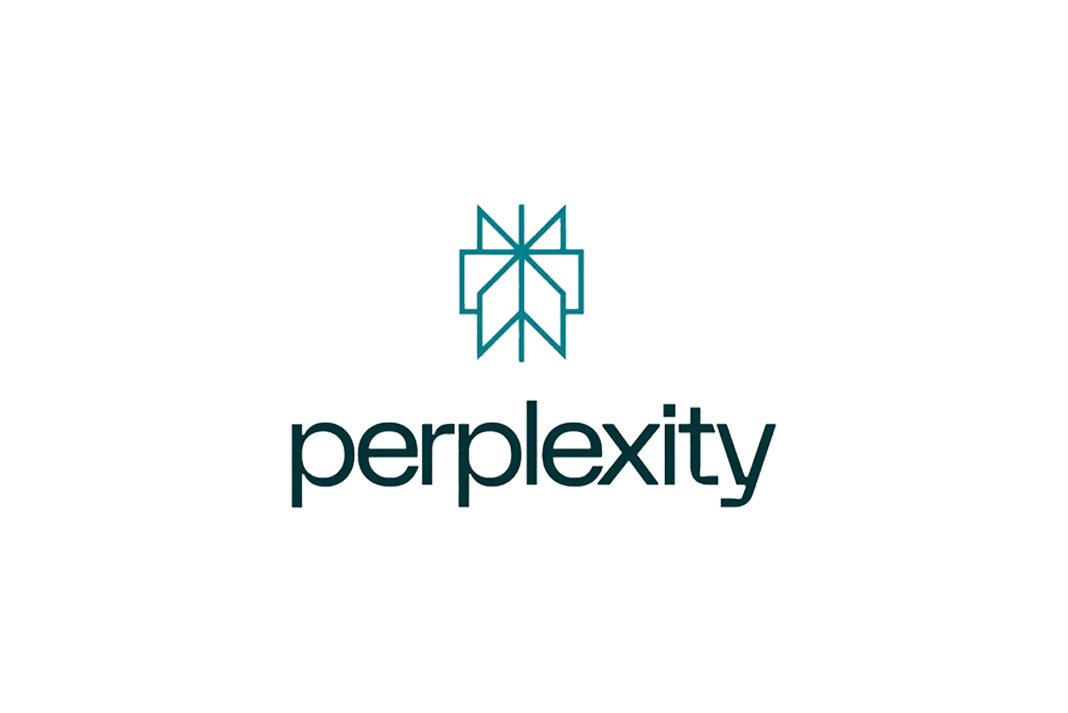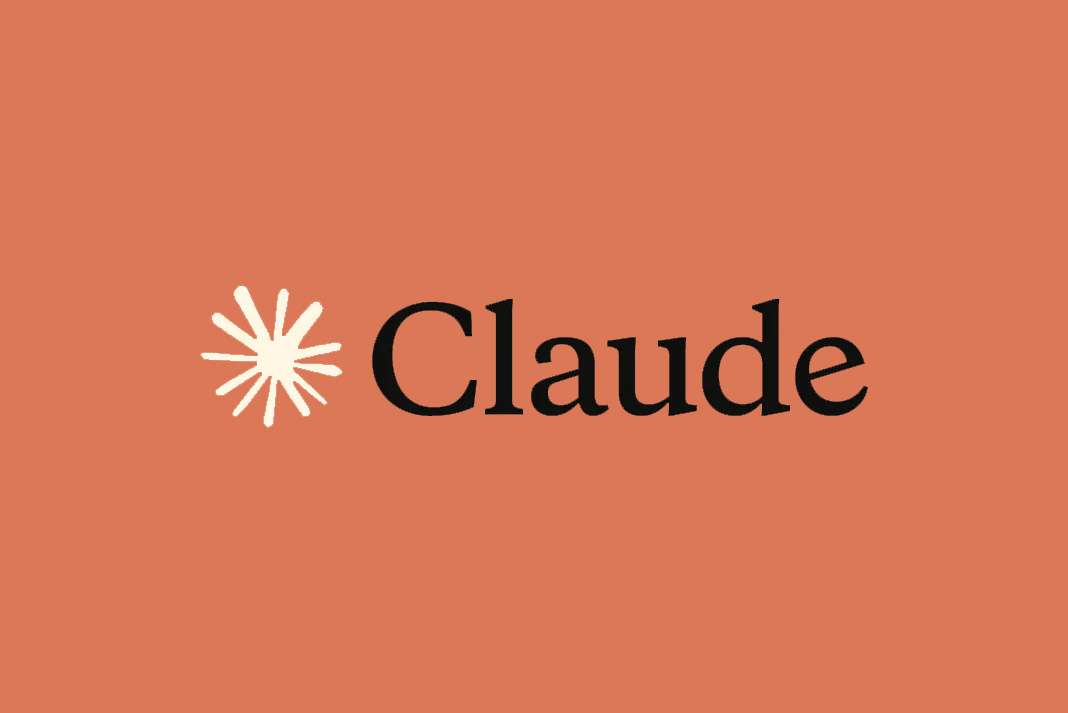The latest updates to Perplexity AI are here, bringing a blend of smarter search features and creative capabilities that promise to make your workflows smoother and more productive. Whether you’re parsing dense research papers or generating campaign briefs, the enhancements this month aim for clarity and efficiency, no fluff, just tools that help you deliver. From expanded academic filters to a fresh toolset for generating visual reports, there’s a lot to explore if your tasks range from development to marketing.
—
✅ New Academic Filter for Scholarly Research
Perplexity has introduced an academic filter that lets you refine results to focus on scholarly, peer-reviewed sources. This update helps cut through the noise for researchers, students, or analysts who need credible information without spending extra time verifying sources.
Imagine you’re drafting a white paper about renewable energy trends. Using this filter, you can zero in on academic journals and conference papers, bypassing the flood of blogs and opinion pieces. Developers building research tools or knowledge bases will find this filter handy for ensuring data quality, while marketers can lean on the filter to craft content backed by authoritative studies.
—
✅ Simplified Billing Structure for API Users
The billing for Perplexity API has been made simpler and more transparent. Input and output tokens are now clearly priced, and citation tokens in responses don’t incur extra charges, except for those using the advanced Sonar Deep Research feature.
This update matters if you integrate Perplexity into your apps or platforms. For developers syncing large amounts of data or marketers automating report generation, understanding costs helps plan budgets better and avoid surprises. Plus, with a 30-day transition period, there’s time to adapt without disruption.
—
✅ Introduction of Sonar and Sonar Pro Models
Perplexity is expanding its API offerings with new Sonar and Sonar Pro models, designed for high efficiency and cost-effectiveness in search queries. Note that older Sonar 3.1 models with 128k context windows are being phased out in favour of these newer, streamlined models.
If you’re developing apps that require deep, contextual search capabilities, like syncing inventory with Shopify or auto-summarising call transcripts, the newer Sonar models offer better performance with manageable costs. It’s a practical improvement that lets you build more responsive, smarter applications.
—
✅ Perplexity Labs: Generating Spreadsheets, Dashboards, and More
Perhaps the most exciting update is Perplexity Labs, a new tool available to Pro subscribers designed for longer, more complex tasks. Labs leverages AI to create reports, spreadsheets, and dashboards, blending web search, code execution, and chart/image generation into a single workflow.
Say you’re a marketer needing to generate a campaign brief complete with data visualisations and competitor analysis, or a developer crafting a dashboard for client metrics. Instead of juggling multiple apps, Labs helps you produce a cohesive deliverable in about ten minutes. Files are neatly organised for easy download or sharing, cutting out tedious manual formatting.
Of course, the AI isn’t perfect and doesn’t always hit every detail spot on. But it’s a promising step toward integrating research, analysis, and presentation in one place, definitely worth testing during your keyboard-café therapy sessions.
—
Perplexity’s updates this month sharpen the tools and clarify the path forward for users across disciplines. Whether you’re after precision in academic research, clearer API billing, more efficient search models, or creative deliverables, these changes reflect a quiet but meaningful evolution.
Curious to see what these subtle yet impactful updates can do in practice? Dive into Perplexity at their site, try out the new features, and let the team know what works for you. Because good design, like good tech, breathes when given space to grow.




